last update
2025.06.12 15:53
Booksigning: "Was einem Heimat war" at Offprint Paris
Presentation of the Special Edition and the book "Was einem Heimat war" at Offprint Paris. Booksigning on Friday 16th, 6pm at Buecher&Hefte publishers.
Offprint , 15 11 2012 - 18 11 2012,
Beaux Arts de Paris - 14 Rue Bonaparte 75006 Paris
Thursday & friday : 1pm to 8.30pm , Saturday & sunday : 1pm to 7pm
Offprint Paris: http://www.offprintparis.com/
New Special Edition: Was einem Heimat war

Two special editions limited to 15 copies each are available and priced at € 350
(
€ 290 untill September 18th 2012 ). They are made up of a signed copy
of the book “Was einem Heimat war” and a signed 21x30 cm print of the
motif “Spuren 4” or the triptych “Sighting unit / Mortar shell /
Armorpiercing discarding sabot”, along with a DVD of the video work.
More photos of the special edition: http://granser.de/collectors-edition/was-einem-heimat-war.html
Informations about the work: http://granser.de/was-einem-heimat-war.html
Photos of the book: http://granser.de/books/was-einem-heimat-war.html
Review: Was einem Heimat war
Photographs of war are much sought-after because they attract attention – drama, death and horror are reliable eye-catchers. A counter-strategy is pursued in the latest book by Peter Granser: “What We Once Called Home” (Verlag Bücher & Hefte, €28). It shows us a town that has been literally pulverized by armies, tanks, artillery and shells: Gruorn on the Swabian Alb. Its inhabitants were forced to abandon their homes when their village was incorporated into the Münsigen military training area in 1937–39.
What Peter Granser found here was therefore mostly a complete void. He makes what is absent into an important part of his visual language in photographs that bear a haunting resemblance to the earliest war photographs of all: Roger Fenton’s deserted landscapes captured during the Crimean War in 1855. Echoes of the American New Topographics movement in the 1960s are also apparent, when for example Granser composes black-and-white views of the barren hills of the Swabian Alb. He juxtaposes these images with sober studio shots of the ammunition used in Münsigen – a plethora of elegant-looking, deadly missiles before pristine white backgrounds. This chilling series is lent an emotional charge by the heart-rending, but futile, letter the Mayor of Gruorn wrote in 1937 lamenting the imminent extinction of his town. Peter Granser conjures from these elements a meditative study of transience and violence – a silent memorial in pictures.
Andreas Langen, Stuttgarter Zeitung, August 17, 2012
Fair: Kaune Sudendorf presents "Was einem Heimat" at Unseen Amsterdam
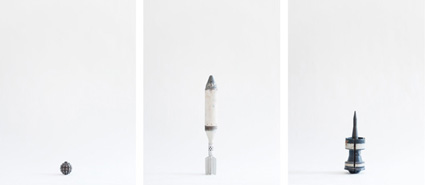
http://unseenamsterdam.com
http://www.ks-contemporary.com/
Workshop: POC-Project at Festival Image in Vevey

Piece of Cake celebrates its 10th anniversary and occupies the Local d’Art Contemporain in Vevey, during the Festival Images, with new installations from Charlott Markus, Petros Efstathiadis and Loan Nguyen !
http://www.pocproject.com/2012/08/02/poc-10-years-anniversary-in-images-festival-vevey-switzerland/
http://www.images.ch/2012/fr/artistes/poc-57.html
http://www.facebook.com/pocstreet
Review: by Hannes Wanderer from 25books
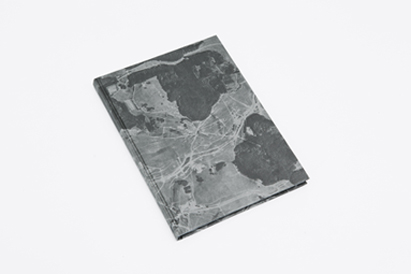
Hannes Wanderer wrote a review about my new book "Was einem Heimat war".
Please scroll down for the english version.
PETER GRANSER
WAS EINEM HEIMAT WAR
Deutsche Geschichte, Militärgeschichte zumal. Nicht unbedingt sexy, das Thema.
Dieses Buch spricht mich trotzdem an.
Neben Peter Gransers Fotografien enthält der Band zwei kurze aber wichtige Texte.
Zur Erklärung heißt es nüchtern:
›Der Ort Gruorn auf der Schwäbischen Alb wurde zwischen 1937 und 1939 aufgrund der Erweiterung des Truppenübungsplatzes Münsingen zwangsgeräumt. Das Gebiet wurde über 100 Jahre als Truppenübungsplatz genutzt und ist eng mit der deuutschen Militärgeschichte verbunden. 2005 wurde die bis heute mit Kampfmitteln schwer belastete Landschaft zum Biosphärenreservat erklärt.‹
Höchst emotional und von Verzweiflung geprägt ist dagegen das Schreiben, das der Bürgermeister von Gruon seinerzeit an den Landrat richtete. Er schreibt hinsichtlich der Bevorstehenden Räumung:
›Das, woran man mit allen Fasern seines Herzens hängt, was einem Heimat und Existenz, ja in gewisem Sinn das Leben selbst war, hergeben zu müssen, das ist eine tragisches Schicksal,...‹
Peter Granser hat das durchpflügte, zernarbte, menschenleere Gelände in klaren Totalen und Detailaufnahmen SW fotografiert. Eine zweite Serie zeigt Studioaufnehmen in Farbe von Mörsergranaten, Panzerfäusten, Schrapnellgeschossen und anderer Munition vor hellem Grund. Ein Vergleich mit früheren Serien des Fotografen, wie etwa ›Sun City‹ oder ›Coney Island‹, macht keinen Sinn. Denn anders als bei den zuvor genannten handelt es sich hier um eine streng konzeptionelle Arbeit. Die Bilder sind unspektakulär, in der Rückkopplung mit den Texten aber entfalten sie ihre Wirkung. Jedenfalls bei mir.
Die zweite sehr gelungene Publikation aus dem Hause BÜCHER & HEFTE
http://www.25books.com/25_books_detail.php?book=3540&img=&lang=de
-----
PETER GRANSER
WAS EINEM HEIMAT WAR
German history, military history in particular. Not necessarily sexy, this subject. But I like this book anyway.
In addition to Peter Granser photographs, the volume contains two brief but important texts. The statement just reads:
›The village of Gruorn on the Swabian Alb highlands was forcibly evacuated between 1937 and 1939 due to the expansion of the Münsingen military training ground. The area was used for over 100 years by the military and is thus closely bound up with the history of the German armed forces. In 2005 the terrain, still strongly contaminated with projectiles and unexploded ordnance, was declared a biosphere reserve.‹:
Highly emotional with a feel of despair on the other hand is the letter sent by the mayor of Gruorn to the district administrator in 1937. He writes regarding the impending eviction:
›It is a tragic fate to be forced to give up that which we cling to with all our hearts, our homeland and livelihoods indeed in a certain sense life as we know it.‹
Peter Granser photographed the plow, scarred, unpopulated terrain in clear long shots and close-ups in black and white. A second series shows mortar shells, tank ammunition, rifle grenades and the likes photographed in color against a light studio background. A comparison with Peter Granser´s previous series, such as ›Sun City‹ or ›Coney Island,‹ diesn´t make sense. Because unlike the previously mentioned, this is a strictly conceptual work. The pictures are not spectacular at all, but echoed by the lyrics they exert their effect. In any case with me.
Again a very good publication from BÜCHER & HEFTE (Booklets & Books).
http://www.25books.com/25_books_detail.php?book=3540&lang=en
Exhibition: Paradiese
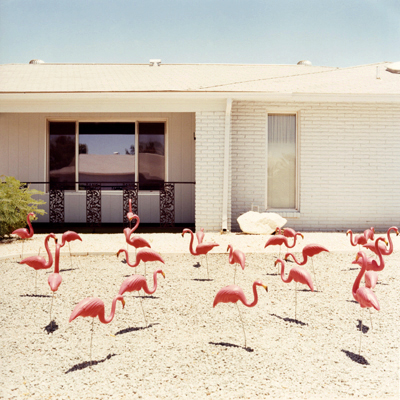
Work by Peter Bialobrzeski, Peter Granser, Tim Kubach, Margarin Studio, Synchrodogs
Opening at 7pm on 24 08 2012
25 08 - 26 09 2012
www.kulturreich.de
New book + book signing: Was einem Heimat war
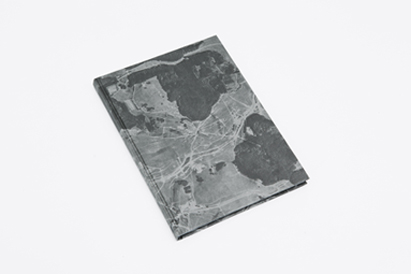
We will present my new book "Was einem Heimat war" the first time at the Book Days 2012 at c/o Berlin and I will be there for a booksigning on May 26th at 5pm at the Buecher&Hefte table. Hope to see you.
http://www.co-berlin.info/program/book-days/2012/program.html
Was einem Heimat war
17 × 24 cm, 80 pages
german / english
2012
ISBN 978-3-9814530-2-7
The book is limited to 800 copies.
Bücher & Hefte
http://www.buecherundhefte.de/en/index.html
Exhibition: Guislain Museum, Gent, Belgium
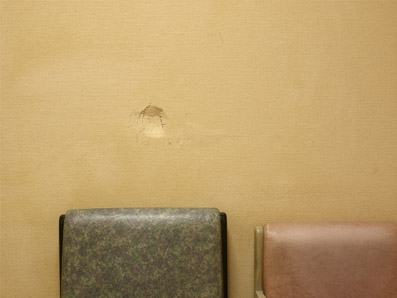
Hier woont mijn huis / This is where my house lives
( after the words of Wouter De Ryck, cousin of the visual artist Anne-Mie van Kerkhoven )
Five variations on living and madness The Dr. Guislain Museum uses its own special architecture as a source of inspiration for the presentation of five variations on the theme ‘living and madness’. How do people treat psychiatric architectural heritage? And how has ‘living and madness’ inspired artists and outsiders?
Single presentations of work by Christopher Payne, Eddo Hartmann, Robert Garcet/Juul Sadée/Ralph Noort and Peter Granser.
Opening at 8pm on 15 06 2012.
16 06 2012 – 16 09 2012
http://www.museumdrguislain.be
Exhibition: Stadthaus Ulm
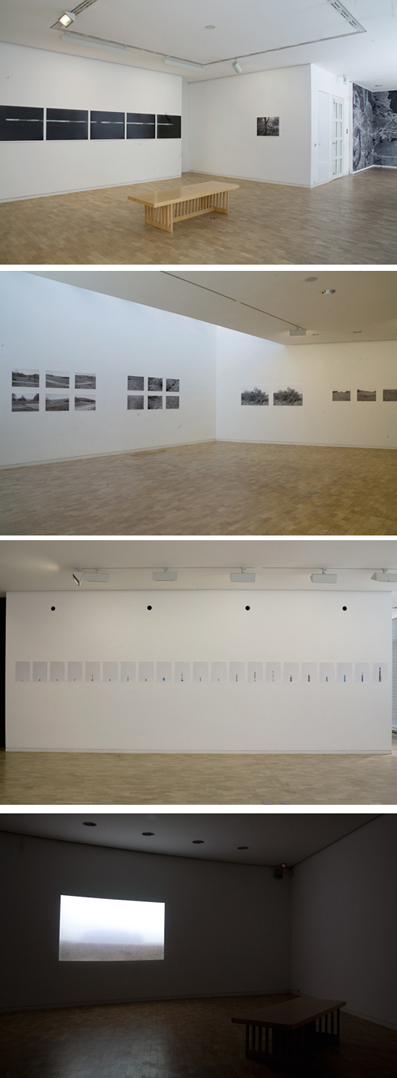
"Was einem Heimat war" untill June 24th 2012 at Stadthaus Ulm.
New Work: "Was einem Heimat war"
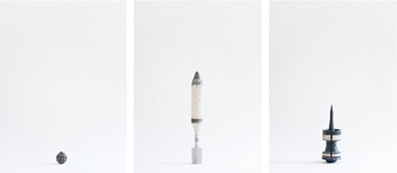
http://granser.de/was-einem-heimat-war.html
New Work: "Heaven in Clouds"
Book : "Peter Granser 2000 - 2007"

Signed copies of my last book : "Peter Granser 2000 - 2007" published by Superlabo, Japan are now available at: http://www.25books.com
Exhibition: Stadthaus Ulm
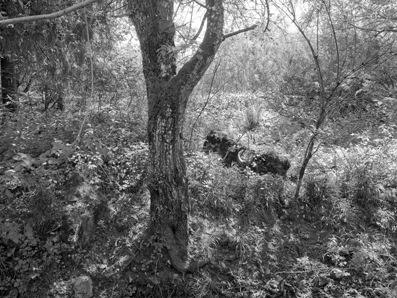
"Wie weit weg ist ganz verschwunden?"
31 03 2012 - 24 06 2012
Single presentation of Peter Granser´s new work "Was einem Heimat war" in the cabinet gallery.
For this project, Peter Granser set out in search of traces of the village Gruorn on the Swabian Alp and, in doing so, tracked the diverse history of an area that was used as a military training area for over a century and declared a nature reserve in 2005.
Exhibition: Staatliche Kunsthalle Karlsruhe - Orangerie
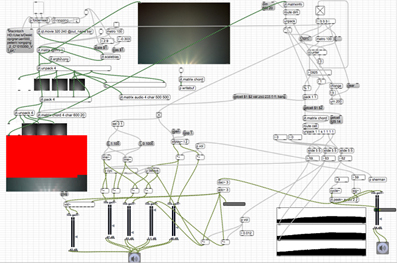
"Zeigen. Eine Audiotour durch Baden-Württemberg"
by Karin Sander
10 02 2012 - 10 08 2012
A photograph from my upcoming new project 'Heaven in Clouds' shows the misty night sky over a Chinese metropolis, lit up by giant LED-advertisment boards. In collaboration with the programmer and experimental musician Jörg Koch, the digital information of the photograph was manipulated and combined with field recordings to create the sound, that you can listen to at the Kunsthalle Karlsruhe.
With work by Franz Ackermann, Susanne Ackermann, Silvia Bächli, John Bock, Böller und Brot, Nezaket Ekici, Filderbahnfreundemöhringen FFM, Ulrike Flaig, Rainer Ganahl, Peter Granser, Friederike Groß, Christian Jankowski, Isaac Julien, Astrid S. Klein, Corinne Wasmuht, Peter Weibel, ...

